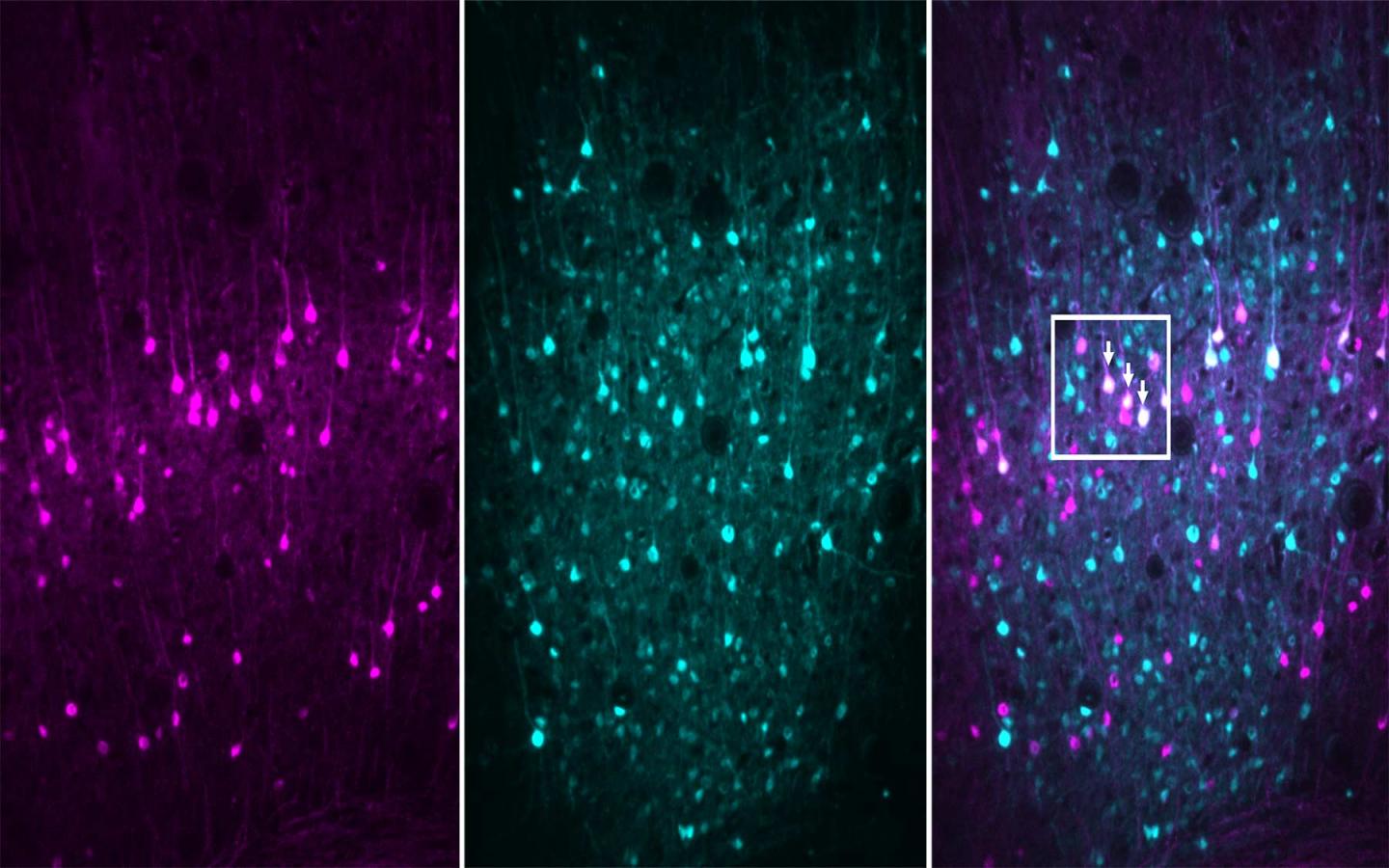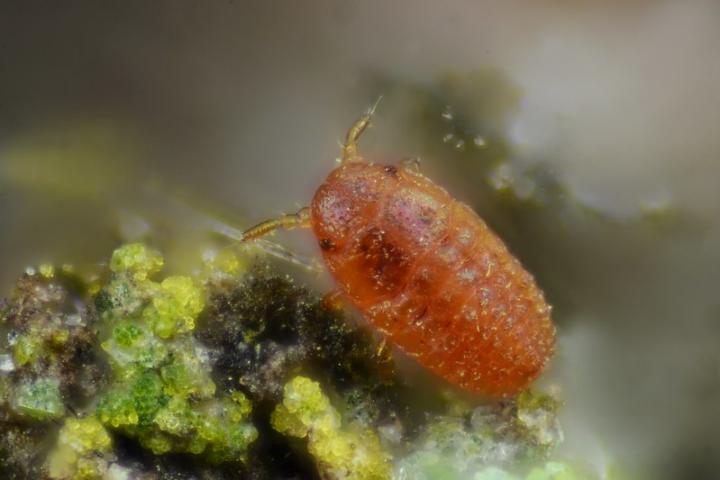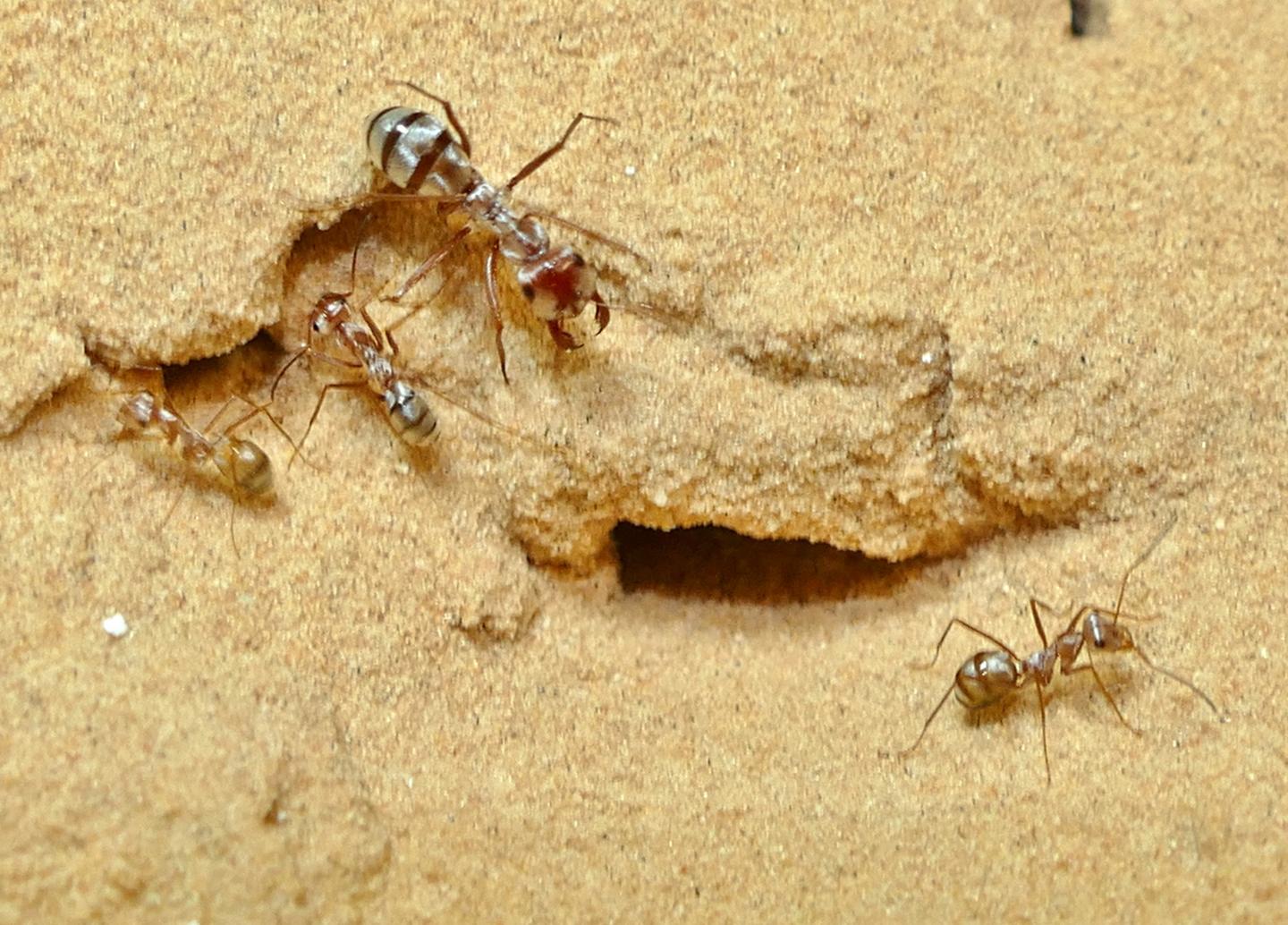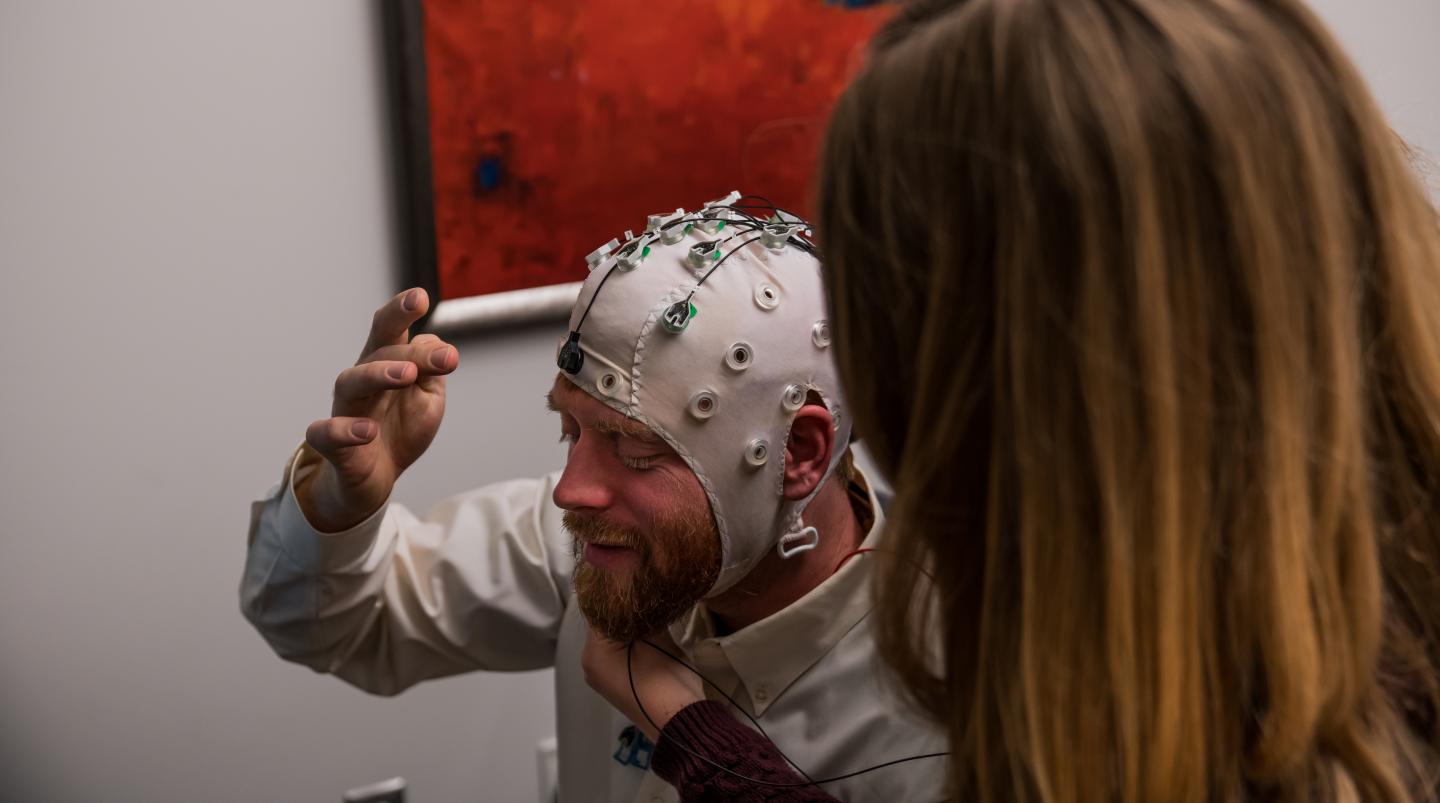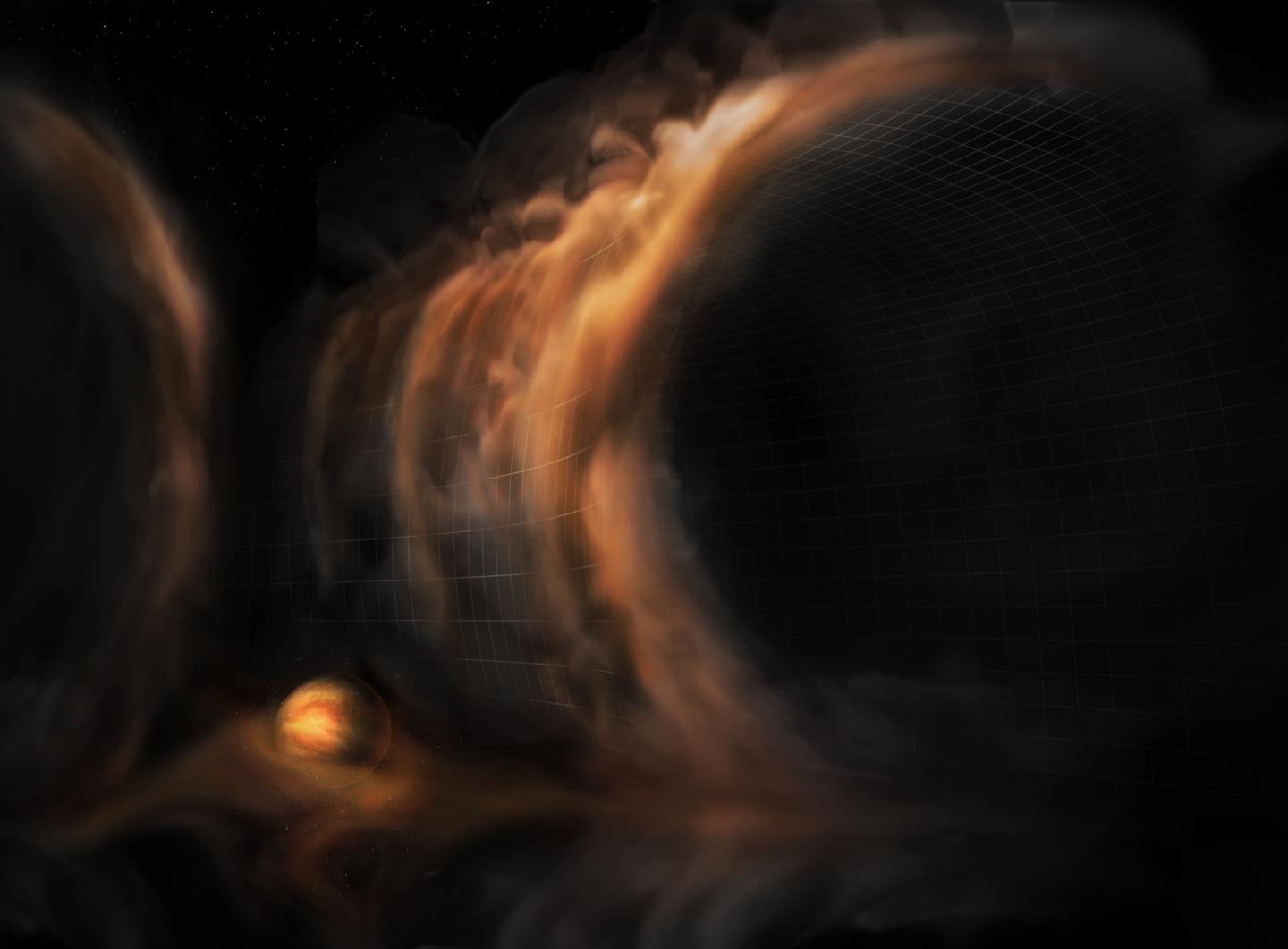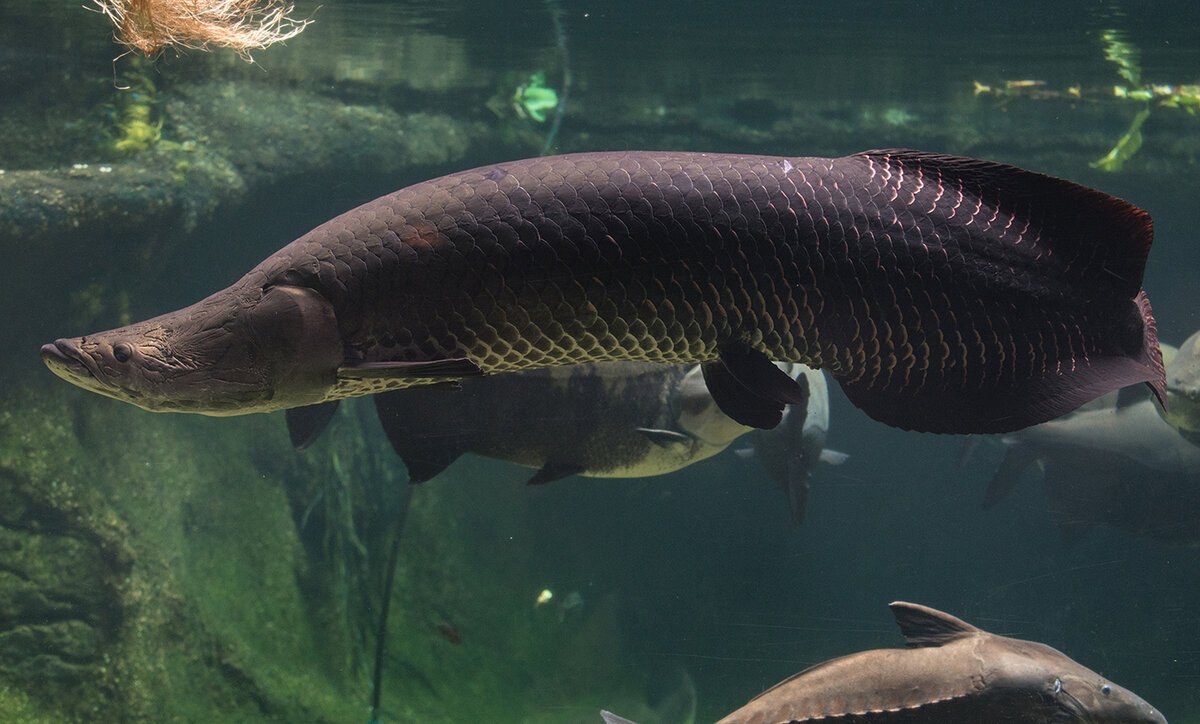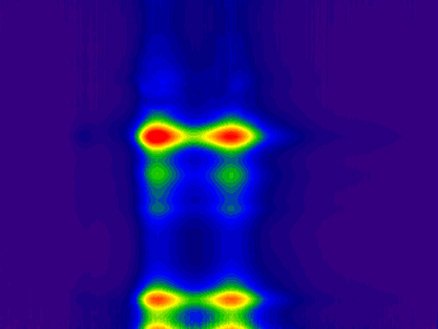BARseq builds a better brain map
Cold Spring Harbor Laboratory Professor Anthony Zador has taken the next step in his quest to solve exactly how the brain is wired. Zador, a neuroscientist whose lab studies how the brain’s circuitry mediates and controls complex behaviors, set out about 10 years ago to map three pillars of brain function: connectivity, gene expression and … Read more
